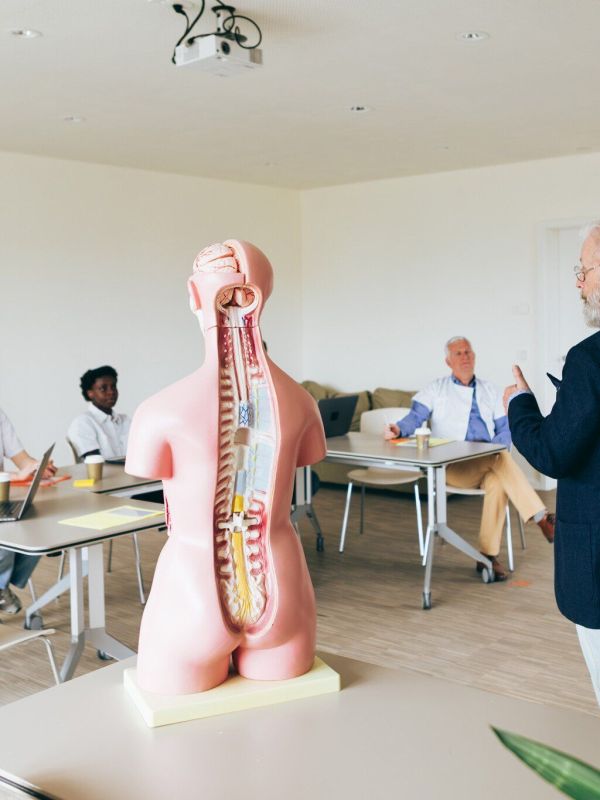Baseline guidelines for office & productivity
Foundational Health Series
We spend most of our lives at work. Many of us sit at a desk for the majority of our day. So it's important to be strategic in setting up a work environment that promotes proper posture and alignment (see the Alignment section), reduces distractions, and improves productivity.
"Sitting is the new smoking." - Author Unknown
Ergonomic Office Furniture
Having ergonomic office furniture is important for supporting proper alignment in the body for several reasons:
Maintaining proper posture: Ergonomic chairs, desks, and accessories are designed to promote proper posture by providing adequate support to the spine, arms, and legs. Maintaining good posture reduces the strain on muscles and ligaments, preventing fatigue and discomfort during long work hours.
Preventing musculoskeletal disorders (MSDs): Ergonomic furniture is designed to reduce strain on the body, particularly the muscles, joints, and nerves. Prolonged sitting in improper positions can lead to conditions such as carpal tunnel syndrome, lower back pain, neck strain, and tendonitis. Ergonomic furniture aims to mitigate these risks by promoting neutral body postures.
Improving comfort and productivity: Comfortable workers are generally more productive. Ergonomic furniture allows employees to adjust their workstations to suit their individual preferences and body dimensions. This customization leads to increased comfort, which can enhance focus and productivity.
Enhancing circulation: Sitting in a static position for extended periods can impede blood flow, leading to discomfort and potential health risks such as deep vein thrombosis. Ergonomic furniture often includes features such as adjustable height desks and chairs with proper lumbar support, allowing users to change positions and maintain healthy blood circulation.
Reducing fatigue and stress: Poor ergonomics can contribute to physical fatigue and mental stress. By providing support and comfort, ergonomic furniture helps reduce physical strain and discomfort, allowing employees to focus on their tasks without distraction or discomfort.
Investing in ergonomic solutions will benefit your health and well-being, not to mention your bottom line.
Simple Strategies to Consider While At Work
- Take stand-up breaks every 30 to 60 minutes
- Raise your arms above your head, look up, then bring your arms and head straight in front of your body (do a set of 5-10 reps)
- Engage in deep breathing during your breaks
- Take a mid-day walk outside, focusing your eyes on an object far in the distance
- During a break, expand your hips and do an ass to grass air squat, holding in the down position
Foundational Health - Basic Guidelines Series:















